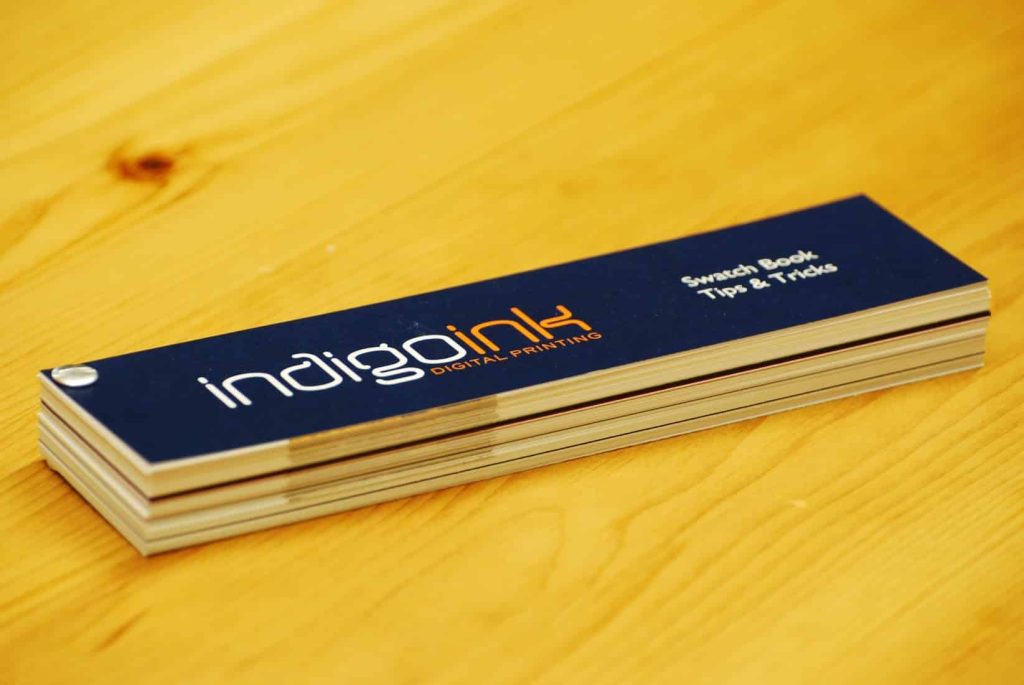Introduction
When it comes to digital printing, selecting the appropriate paper and ink is crucial for achieving high-quality results. Whether you are printing photographs, marketing materials, or important documents, understanding the characteristics of different paper types and ink options can significantly impact the final output. In this blog post, we will explore the factors to consider when choosing the right paper and ink for digital printing, ensuring that your prints are visually appealing, durable, and meet your specific requirements.
Factors to Consider
1. Print Application
The first step in choosing the right paper and ink is to determine the intended use of your prints. Are you printing photographs, brochures, or business cards? Each application may require different paper and ink characteristics. For instance, glossy paper is ideal for vibrant photo prints, while matte paper is suitable for text-heavy documents.
2. Paper Weight

Paper weight refers to the thickness and sturdiness of the paper. It is measured in grams per square meter (gsm). Heavier paper weights are more durable and suitable for professional prints, such as marketing materials or portfolios. Lighter paper weights are commonly used for everyday printing needs.
3. Paper Finish
The finish of the paper determines its texture and appearance. Common finishes include glossy, matte, satin, and textured. Glossy finishes provide a shiny and reflective surface, while matte finishes offer a non-reflective and smooth appearance. Satin finishes strike a balance between glossy and matte, while textured finishes add a unique tactile element to your prints.
4. Ink Compatibility
It is essential to ensure that the ink you choose is compatible with the paper you intend to use. Different types of ink, such as dye-based or pigment-based inks, may interact differently with various paper coatings. Consult the printer manufacturer’s recommendations or conduct a test print to determine the best ink-paper combination for optimal results.
5. Color Accuracy
If color accuracy is crucial for your prints, consider using ink specifically formulated for color-critical applications. These inks often provide a wider color gamut and better color reproduction. Additionally, using color management tools and profiles can help maintain consistency across different printing devices and substrates.
Summary
Choosing the right paper and ink for digital printing is essential to achieve optimal results. The paper type affects the appearance, texture, and durability of the print, while the ink determines color accuracy, vibrancy, and longevity. Factors to consider when selecting paper include weight, finish, and intended use. For ink, factors such as pigment or dye-based, color gamut, and archival properties are crucial. By understanding these considerations and matching them to your specific printing needs, you can ensure that your digital prints are of the highest quality and meet your desired outcomes.
- Q: What factors should I consider when choosing the right paper for digital printing?
- A: When selecting paper for digital printing, consider factors such as paper weight, finish, brightness, opacity, and compatibility with your printer. It’s important to choose a paper that meets your specific printing needs and desired results.
- Q: What are the different types of paper finishes available for digital printing?
- A: Common paper finishes for digital printing include glossy, matte, satin, and uncoated. Glossy finishes offer a shiny and reflective surface, while matte finishes provide a non-reflective and smooth appearance. Satin finishes fall between glossy and matte, offering a subtle sheen. Uncoated finishes have no coating, resulting in a more natural and textured feel.
- Q: How does paper weight affect digital printing?
- A: Paper weight refers to the thickness and sturdiness of the paper. It affects the durability, feel, and overall quality of the printed output. Heavier paper weights are generally preferred for professional documents, while lighter weights are suitable for everyday printing needs.
- Q: What should I consider when choosing ink for digital printing?
- A: When selecting ink for digital printing, consider factors such as color vibrancy, fade resistance, drying time, and compatibility with your printer. It’s important to choose high-quality ink that produces accurate and long-lasting colors.
- Q: What are the different types of ink available for digital printing?
- A: Common types of ink used in digital printing include dye-based ink and pigment-based ink. Dye-based ink offers vibrant colors and is ideal for printing on glossy or coated papers. Pigment-based ink provides excellent color longevity and is suitable for a wide range of paper types, including matte and uncoated.
- Q: Can I use any paper and ink combination for digital printing?
- A: It’s important to ensure compatibility between the paper and ink you choose. Some papers are specifically designed for use with certain types of ink, such as dye-based or pigment-based. Using the wrong combination may result in poor print quality or ink smudging. Always check the manufacturer’s recommendations for the best paper and ink pairing.

Welcome to my website! My name is David Banfield, and I am a professional Digital Printing Specialist with a passion for all things related to 3D Printing Services, Digital Printing Techniques, Offset Printing Insights, and Design Software Solutions. With years of experience in the industry, I am dedicated to providing valuable information and resources to help individuals and businesses make the most of their printing needs.



